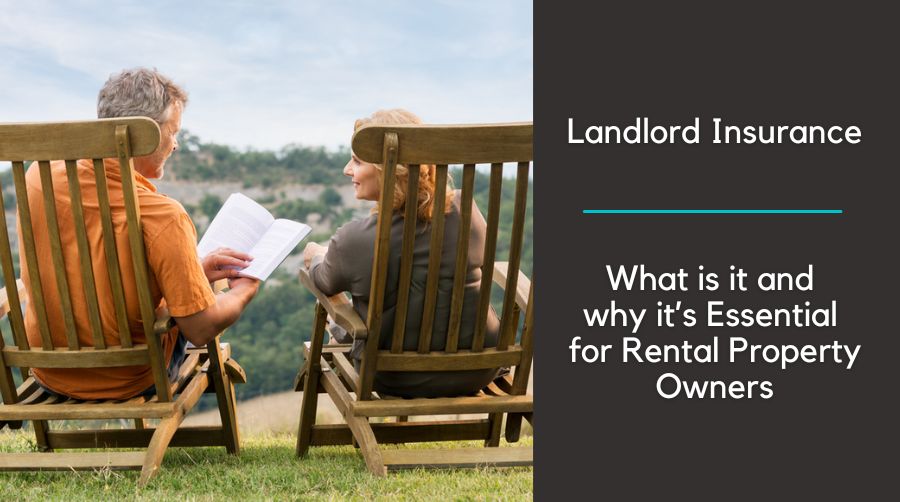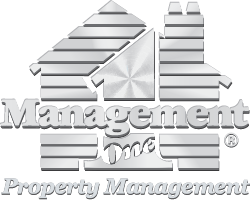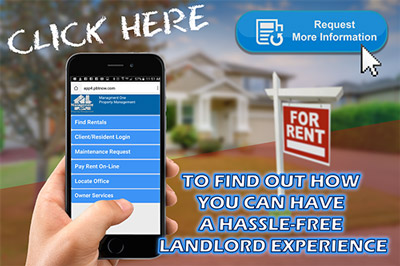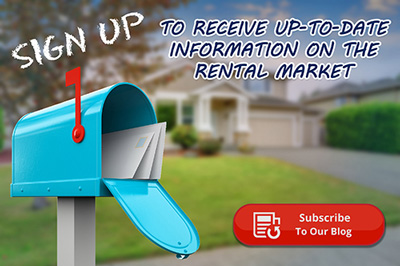
Landlord Insurance Explained: Essential Coverage for Property Owners in SoCal
Whether you're a seasoned landlord with a diverse portfolio or a first-time property owner, understanding the nuances of landlord insurance is paramount to safeguarding your assets and mitigating financial risks.
As the rental market continues to evolve and new challenges emerge, having the right insurance coverage can make all the difference in ensuring your peace of mind and financial security. From property damage caused by unforeseen events to liability claims arising from tenant disputes, we will cover the top four protections your landlord insurance policy should have based on our experience. Over the last four decades, we’ve managed thousands of single-family homes for landlords just like you. We speak about where we’ve been and what we’ve seen.
What is Landlord Insurance?
Landlord insurance is different from your homeowners’ insurance policy. Landlord insurance protects you when you lease out a house or apartment unit to a tenant and covers your rental property dwelling, other structures (such as a fence), your personal property and liability.
A standard homeowner’s policy will not cover damage to your rental property and won’t cover you in the event there is a lawsuit. So, landlord insurance provides financial protection from damage caused to your units rather than a home or apartment you live in yourself.
What Does Landlord Insurance Cover?
Most policies provide the basic coverage of property damage, liability, and loss of rent. Basic is ok but it leaves you dangerously vulnerable in a litigious climate. Based on our experience, we highly recommend some expanded coverage that will keep you more protected than the basic coverage. I’ve listed those below.
Basic Coverage
- Property Damage Coverage: This covers the physical structure of the rental property in case of damage from events like fire, storms, vandalism, or theft. It may also cover other structures on the property like garages or sheds. It may also include coverage for personal property that you use to maintain the property such as a lawnmower or snowblower.
- Liability Coverage: Liability coverage protects you in case a tenant or visitor is injured on your rental property and decides to sue. It can help cover legal fees, medical expenses, and court-ordered damages.
For the best protection, increase your coverage from $300,000 to $1million. The premium increase is nebulous. - Loss of Rental Income Coverage: If your property becomes uninhabitable due to covered damage, this coverage can reimburse you for the lost rental income during the repair period, up to 12 months. It’s important to note that not all policies offer this coverage, so it’s worth checking with your insurance agent.
During our tenure as a property management company, we’ve had five house fires. Most were caused by residents and most resulted in the home being uninhabitable for a minimum of 12 months. With loss of rent coverage, you will be paid up to 12 months at the current rental rate, while your home is being repaired.Expanded Coverages
- Malicious Intent: Some insurance policies include this coverage. Most policies do not. If you own a rental property, you need to have this coverage in your policy. This coverage will protect you from damage that is deemed above normal wear and tear damage caused by the resident.
If your insurance company doesn’t offer Malicious Intent, I highly recommend that you find a new insurance company. - Gap Coverage: Just like in car insurance, landlord insurance has a “secret” gap coverage. I say “secret” because most companies will not mention this coverage to you because it costs them a lot of money. The gap coverage covers the gap between the current coverage and the market value of the home.
Last year, we had a kitchen fire in a condo in Corona, California. The resident started cooking food, decided to run to the store, and left the stove on. The unit suffered a fair amount of damage. The owner filed a claim with his insurance company and when the numbers started rolling it, it was discovered that he was underinsured by $42,000. The owner’s insurance policy didn’t include gap coverage. He was not aware of the option to “elect” this coverage when he obtained insurance. The owner had to front $42,000 so that work could start on the condo. - Extended Vacancy: Most insurance companies will only cover your property for 30 days of vacancy. On the 31st day your property could be uninsured on certain portions of your policy. The most common item is the outside portion of your AC unit. If you are anticipating a longer vacancy period, due to an extensive remodel, or the market is slow, then call your insurance company in advance and seek an extension.
- Fire Policy: A fire policy will pay to rebuild your property. It’s important that you ensure your policy covers a full replacement of your rental property.
- Medical Coverage: The standard policy includes $1,000 per incident. We highly recommend increasing this to $5,000 per incident. The cost to have the additional coverage is minor compared to having to come up with several thousand dollars to cover a tenant’s deductible or medical expenses.
- Mold Coverage: SoCal has seen an abundance of rain over the last few years. With this rain comes water intrusion, water intrusion leads to mold. In the last 18 months, we have seen nearly 10% of our properties battle mold. The cost to mitigate the mold is outrageous. Do yourself a favor and ensure your policy covers mold.
Exclusions
Do yourself a favor and read the exclusions section of your policy first. Like any insurance policy, landlord insurance has exclusions. Common exclusions may include wear and tear, such as paint that is over two years old and carpet that is more than 10 years old. Certain types of natural disasters (like floods or earthquakes), and intentional damage caused by the resident.
Before purchasing landlord insurance, it's advisable to consult with insurance professionals or agents to ensure you understand the coverage options and choose the policy that best fits your needs as a property owner.
Ron Sudman and Management One are insurance brokers this is for your information only. Make your decision with the insurance agent as all companies are different in what they charge and the type of coverage they give.
On another helpful tip, learn How to Always have Money for Repairs from Rod Sudman.










